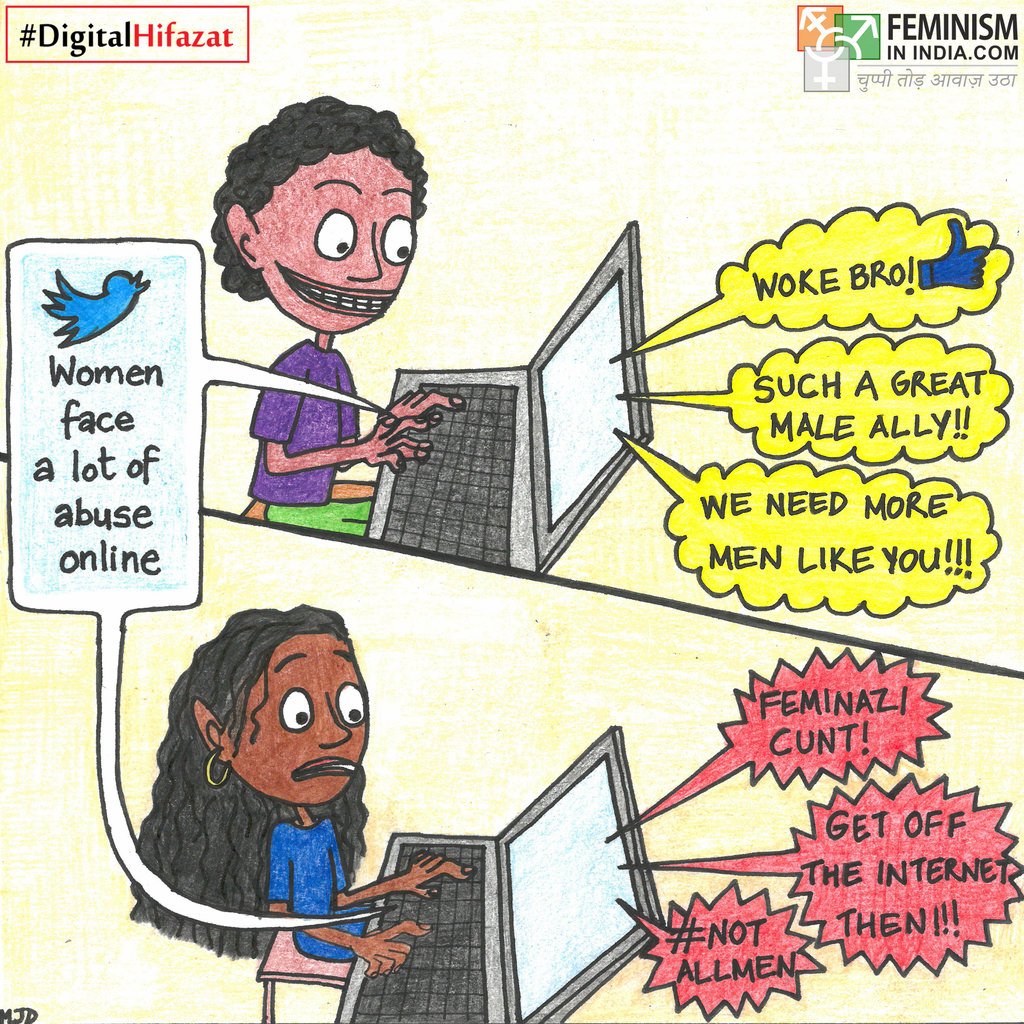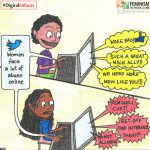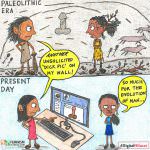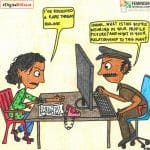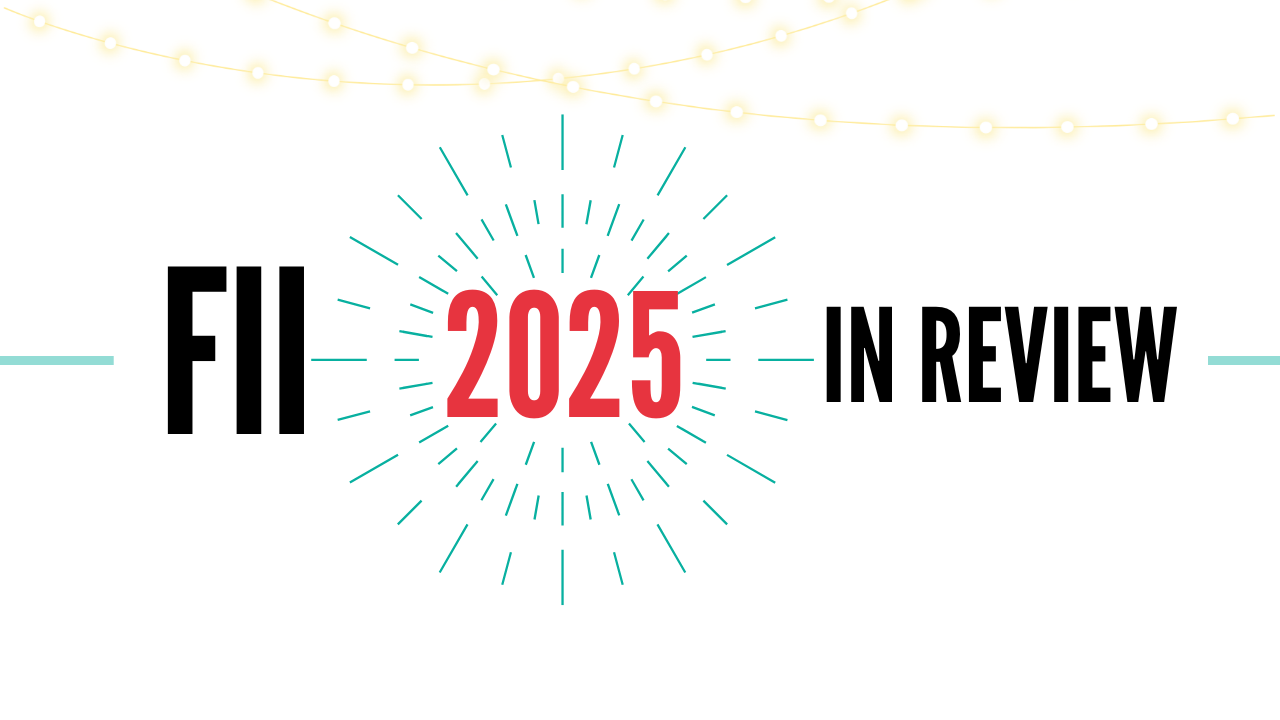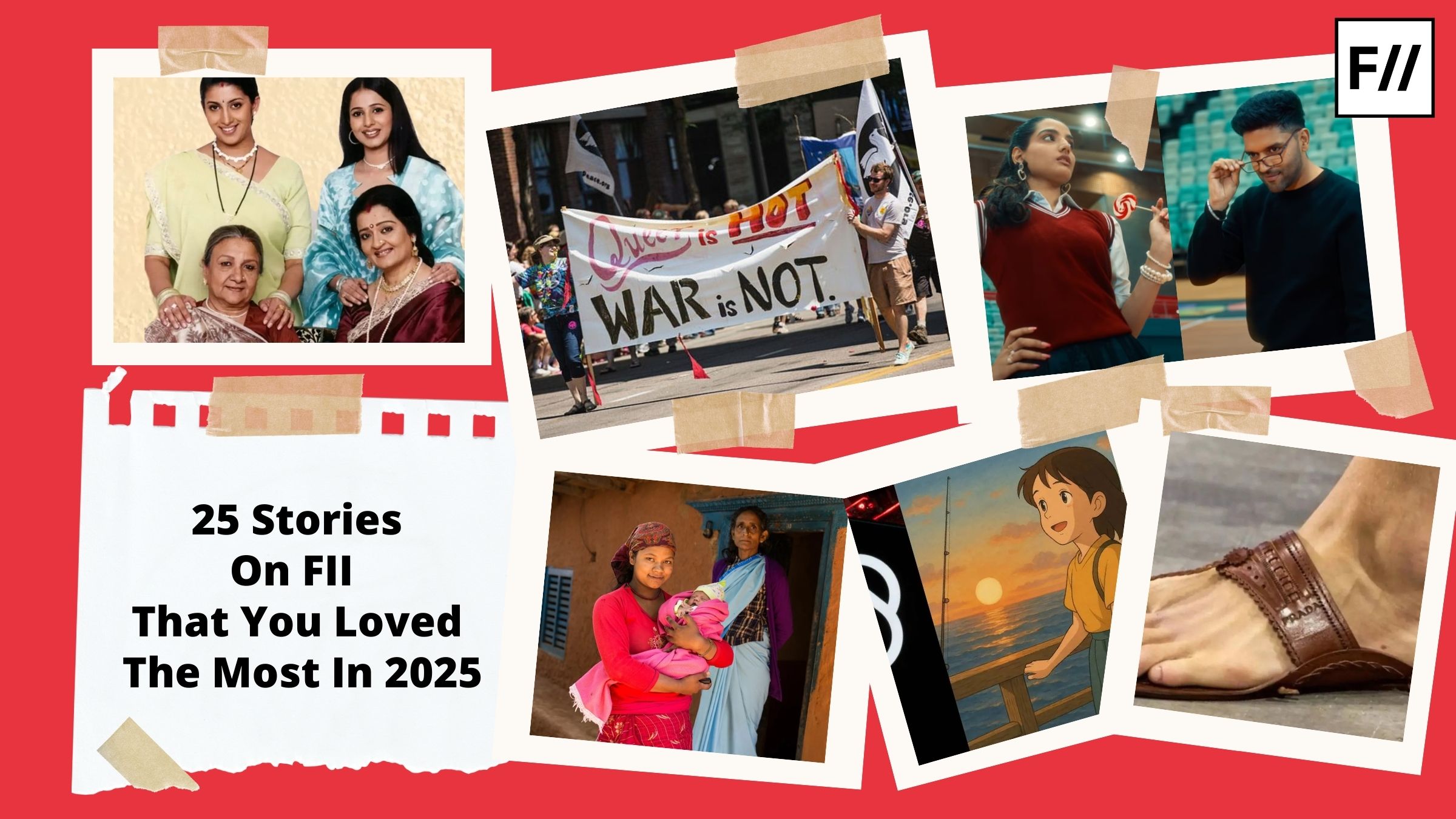The #DigitalHifazat campaign is now on its second year of existence. Last year, we launched this campaign alongside our research report that studied how women are subject to online violence during the 16 Days of Activism. The 16 Days of Activism Against Gender-based Violence is a global campaign that was started in 1991. The campaign hopes to raise awareness about gender-based violence as a human rights issue at the local, national, regional and international level.
Based on the findings of our research report, we advocated for a safe and secure internet for all using articles, videos, posters and infographics to illustrate the rampant nature of online violence against women.
This year, we expanded this campaign to take a broader look at the ways in which women experience the internet – both good and bad. The internet can be a space of violence, but also one of empowerment. We looked at ways in which women use the internet to fight back against oppressive systems of power that seek to limit their voice and expression.
Furthermore, oppression is intersectional, and we hoped to display how different communities of women in India experience the internet – their struggles, their victories, how it empowers them and how they envision #DigitalHifazat – situated within their specific sociopolitical identities and experiences.
With this in mind, we launched a series of four videos that answered the questions we had about how women used the internet. The first video was a crowdsourced video where six young women spoke about their experiences of the internet in response to an open call on our social media platforms. This was followed by women with disabilities, Dalit women and finally, queer women (and queer Dalit women!), talking about their challenges and victories in the online sphere.
Each video brought forth a different experience of the internet as faced by these diverse range of women.
For example, the video which featured women with disabilities discussed issues of accessibility, especially for women with visual impairment, while reading on the internet, as well as the specific vulnerabilities that women with disabilities are prone to.
But on the flip side, these women also spoke about how the internet had infinitely expanded their mobility and allowed them to access systems like online banking and online shopping despite having limited physical mobility.
Similarly, the videos featuring Dalit women and queer women discussed the sexist, casteist and queerphobic abuse that Dalit women & queer women were specifically subject to, as well as the mobilisation and community-building potential of social media and platforms like WhatsApp to organise advocacy efforts, and the safe spaces that internet groups provided to network with other women from the same communities.
All the women in our videos spoke about how they envisioned a safe, feminist internet, or #DigitalHifazat. “A feminist internet would arise from a feminist world,” said one, and we couldn’t agree more.
Watch our four videos to learn about how the internet is experienced differently by different communities, and then take a look at our three comics, created by our in-house artist Maitri Dore, all themed around the topic of online violence against women.
- Comic by Maitri Dore for Feminism In India
- Comic by Maitri Dore for Feminism In India
- Comic by Maitri Dore for Feminism In India
We also published 10 articles talking about various issues from internet shutdowns to censorship to trolling and revenge porn. You can see all of our articles here. Let’s fight together and speak out for a safe, secure and empowering internet for all women.
About the author(s)
Feminism In India is an award-winning digital intersectional feminist media organisation to learn, educate and develop a feminist sensibility and unravel the F-word among the youth in India.
